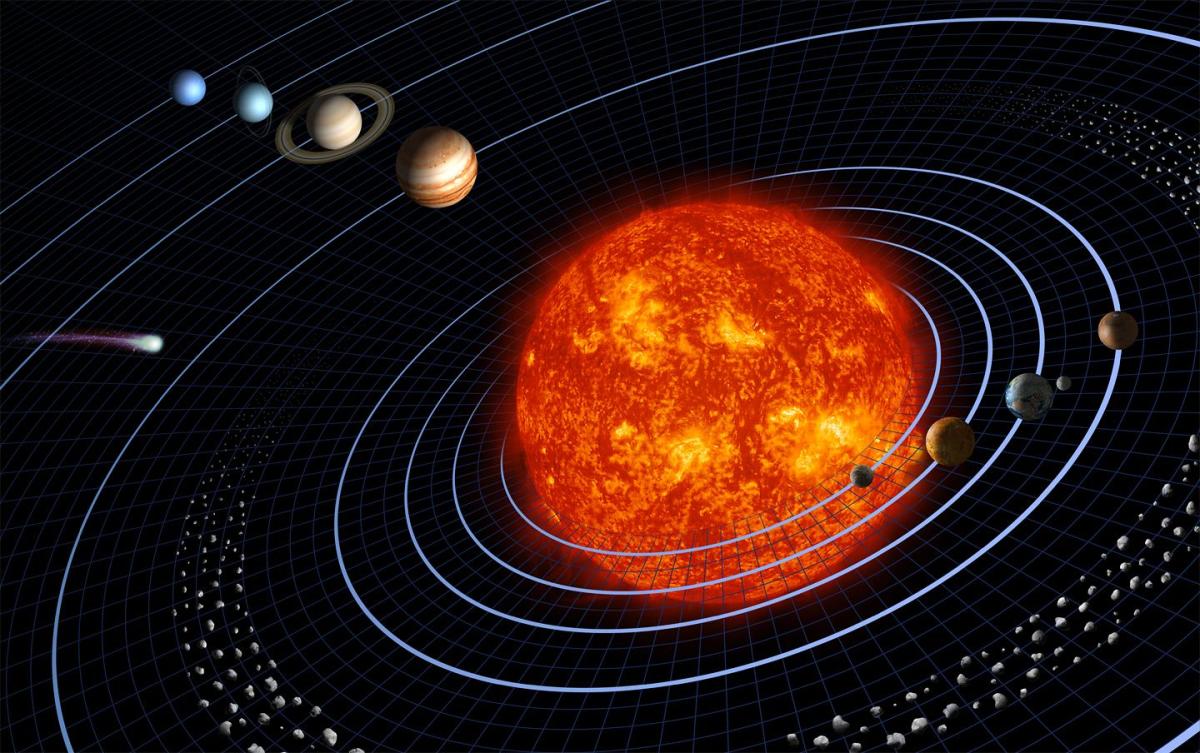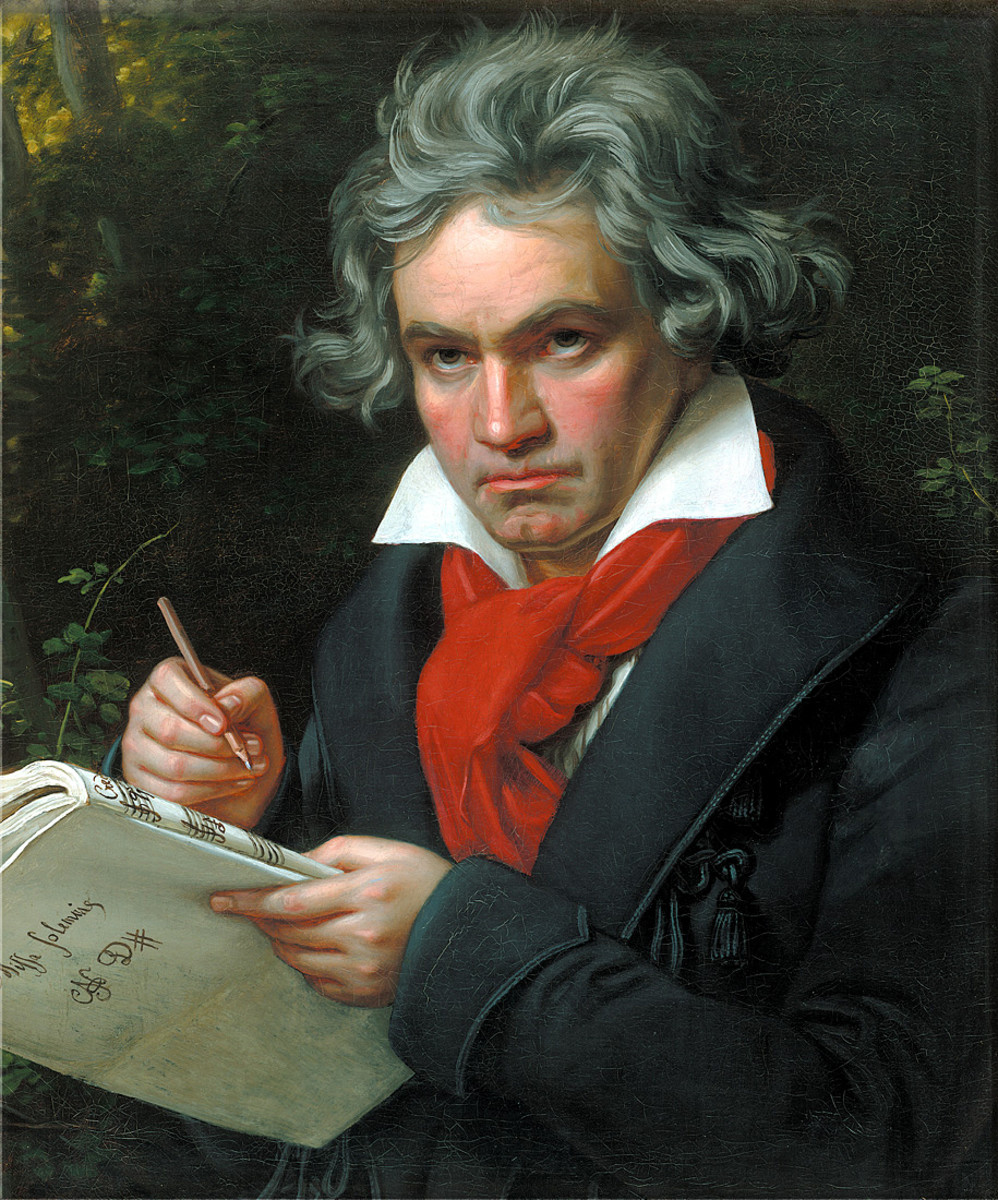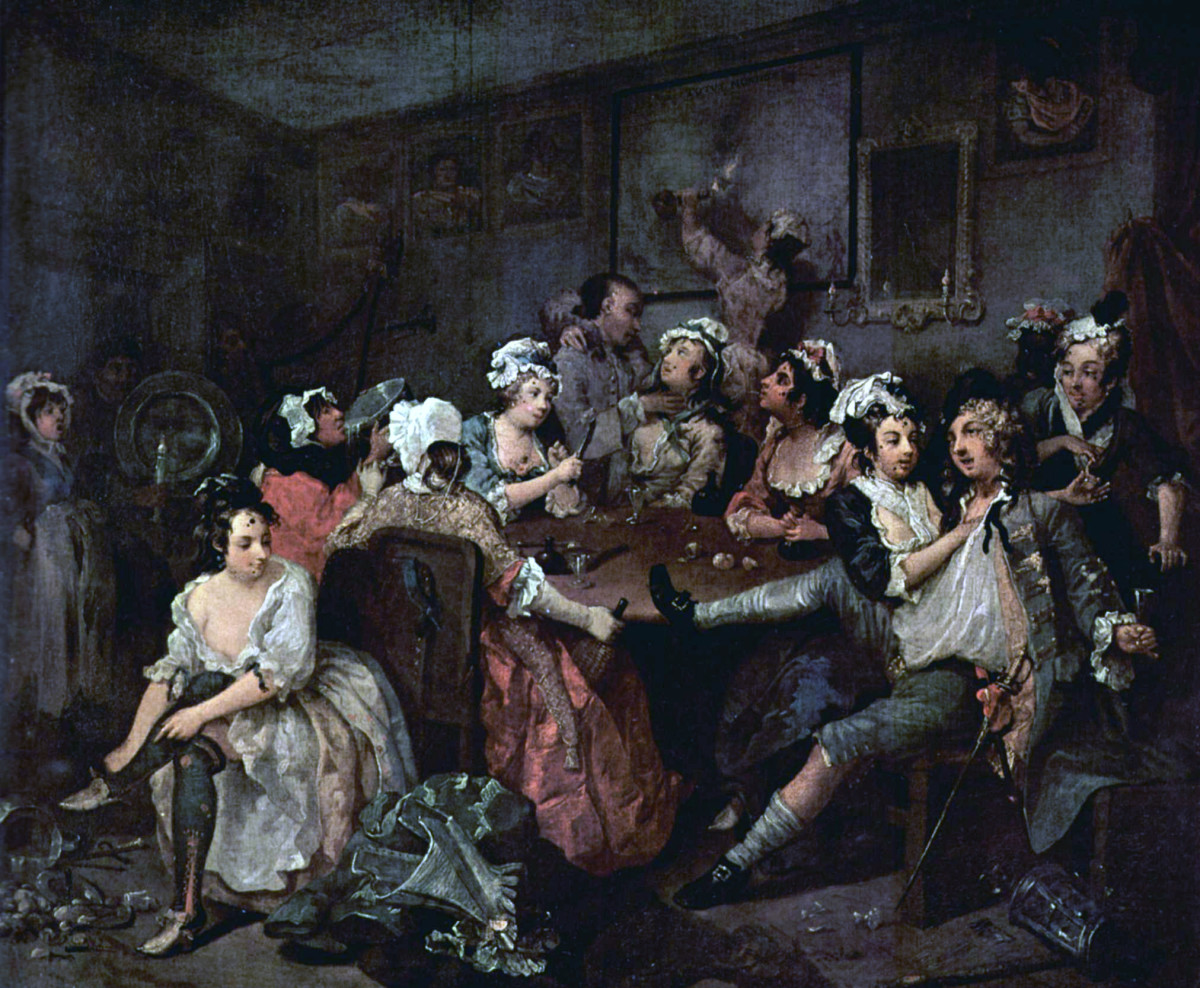Gustav Holst: The Planets - A Listening Guide

Gustav Holst is best remembered for his orchestral suite The Planets - a spectacularly colorful work that has enthralled generations of listeners. His brilliant scoring and inventive melodies paint a compelling picture of the heavenly bodies. Written between 1914 and 1916, The Planets consists of seven movements, one for each of the known planets at that time (excepting Earth).
It was Holst's friend Clifford Bax who introduced him to the topic of astrology and suggested that he write something about the planets. It is also believed that Holst relied heavily on a book titled "The Art of Synthesis", by Alan Leo, who was an astrologer and theosophist. Leo arranged the book into chapters for each planet, describing their characteristics and labeling each with a descriptive heading. Holst employed the same approach with his work The Planets by attaching a descriptive subtitle to each planet. Thus, each movement is the musical embodiment of the astrological temperament and character of each planet. But, apart from being just a series of unrelated episodes, the entire suite portrays the overall grandeur and mysticism of space.
Structure of The Planets
The order of the planets within the suite was altered by Holst for various reasons. For instance, Mars is first, probably because Holst wanted to make a statement about the carnage and destruction of WWI, which had just ended. Following Mars is Venus and then Mercury, but the actual order in the solar system is Mercury, Venus, Earth, Mars, etc. The reason for this rearrangement is likely due to the desire to create musical balance between the movements, e.g. fast movement then slow movement. However, after Mercury the actual order of the planets is observed within the suite: Jupiter, Saturn, Uranus, and Neptune. Earth wasn't included, nor was Pluto as it was not yet discovered at the time of writing (now a moot point since Pluto has recently been stripped of its designation as a planet).
Mars: the Bringer of War
The Suite's Movements
Mars, the Bringer of War - One of the most popular movements of the suite, Mars has been rightly called a 'devastating piece of music'. At the opening, the listener's attention is arrested by the ominous sound of a gathering storm. When the storm is finally upon us, its fury is relentless and unstoppable - a power that is both breathtaking and horribly mesmerizing. The subsequent tableaux depict various characteristics of war: the initial clash, the heat of battle, the pursuit of the enemy, and the bloodthirsty cry of victory. All of these are punctuated by blaring brass, representing a God of War bent upon fulfilling his raison d'être.
Venus, the Bringer of Peace - The peace motif is announced by four ascending notes for the solo horn. Serenity and hopeful repose obtain all throughout this movement, which is filled with complex harmonies. The use of certain instruments (harp, glockenspiel, and celeste) paints a heavenly picture of Venus and is in marked contrast to the brutality of the preceding movement.
Mercury, the Winged Messenger - The shortest movement of the suite. The deft and sprightly character of Mercury is depicted with contrasting keys and rhythms. It is the musical embodiment of the sporadic nature of a messenger, darting about to and fro in an industrious manner.
Jupiter: the Bringer of Jollity
Jupiter, the Bringer of Jollity - This other very popular movement depicts an ebullient and jovial Jupiter, full of enthusiasm. The multiplicity of themes, however, does not distract from the movement's coherent thread of exuberance. The busy opening and closing sections contrast with the noble and dignified middle theme (a very English one to say the least). The overall message is one of happy contentment and boundless confidence.
Saturn, the Bringer of Old Age - Holst's personal favorite, the enigmatic and mystical Saturn symbolizes the process of aging and the eventual acceptance of this inevitable fate. A perfect counter to the ebullience of Jupiter, it opens with a mood of uneasiness and tentative questioning about the future. However, this is powerfully interrupted by a prophetic voice of wisdom, proclaiming the inevitability of death. Feeble resistance is given, and then forcefully crushed by the power of the brass. The mood then changes to one of acceptance and serenity before the music finally carries us beyond Saturn and further into the depths of our solar system.
Uranus, the Magician - The mood of Saturn might make one feel that the journey is over, but it doesn't end yet; Uranus still has its magical wonders to present. In many ways it is reminiscent of Dukas' The Sorcerer's Apprentice. The appearance of the magician is evoked with bold colors and he has many fanciful tricks to show us. All of these are revealed in an engaging fashion as he struts around with the pomposity of a showman.
Neptune, the Mystic - All is shadowy and hidden with Neptune, and behind its delicate veil is a sense of something imperceptible and unattainable. The music itself is deliberately unfocused and translucent, offering only snippets and fragments of melody. Eventually and almost imperceptibly, a chorus of women is heard in the distance. Yet, they utter no words, only ethereal notes. Finally the orchestra dies away and we are left only with the chorus of voices, which fades into silence as the infinitude of space beyond the planets is contemplated.






